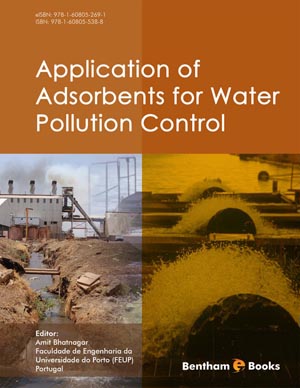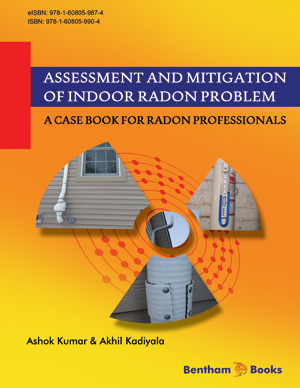Abstract
The most important application of activated carbon adsorption where large amounts of activated carbons are being consumed and where the consumption is ever increasing is the purification of domestic and industrial waste water. More than 800 specific organic and inorganic chemical compounds have been identified in ground and surface waters. Many of these compounds are carcinogenic and cause many other ailments. Several methods such as coagulation, aeration, oxidation and activated carbon adsorption have been used for the treatment of water but the activated carbon adsorption has been found to be the best broad spectrum technology available at the present moment. The more important parameters that influence and determine the adsorption of inorganics from aqueous solutions are the acidic carbon-oxygen surface groups present on the carbon surface and the pH of the solutions. These two parameters determine the nature and concentration of the ionic and molecular species in the solutions. Electrokinetic studies have shown that the nature and the extent of the carbon surface charge can be modified by changing the pH of the carbon-solution system. The adsorption of metal ions, therefore, mainly involves electrostatic attractive interactions between the metal ionic species in the solution and the negative sites on the carbon surface. The adsorption of organics, however, is quite different. The organic compounds present in water can be polar or non-polar so that not only electrostatic interactions but also dispersive interactions will play an important role. In addition the porous structure of the carbon surface which includes the existence of mesopores shall also be an important factor for the adsorption of essentially non-polar organic molecules.
Keywords: Adsorption, Activated carbon, pH, Adsorption capacity, Surface groups, Cationic pollutants, (In)organic pollutants, Adsorption isotherms, Column adsorption, Effluent concentration.












